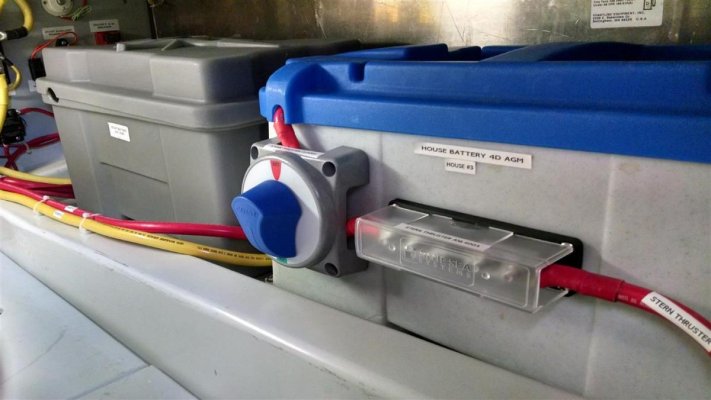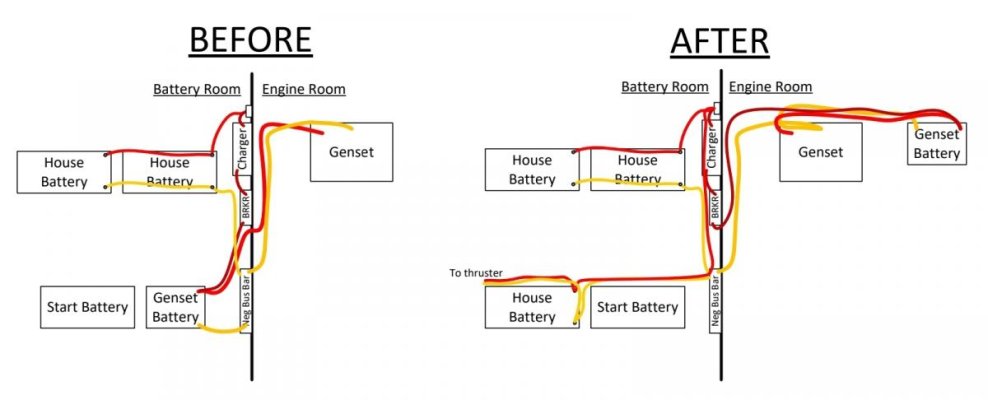rsn48
Guru
- Joined
- Feb 18, 2019
- Messages
- 2,019
- Location
- Canada
- Vessel Name
- Capricorn
- Vessel Make
- Mariner 30 - Sedan Cruiser 1969
This is a video from the "Gone With The Wynn's" site. Short history: they first started living full time in RV's (there videos on composting toilets are still very popular). They started out small and slowly increased to a large motorhome. About 4 1/2 years ago they bought a sail cat and moved aboard, knowing basically nothing about sailing.
They are big on living off the grid which they began in their RV's. In this video they go into the metamorphosis of their galley to all electric. Near the end of their video they discuss their battery set up.
I know some of you are considering transitioning your trawler to an all electric galley, you might find value in watching this vid:
They are big on living off the grid which they began in their RV's. In this video they go into the metamorphosis of their galley to all electric. Near the end of their video they discuss their battery set up.
I know some of you are considering transitioning your trawler to an all electric galley, you might find value in watching this vid:


